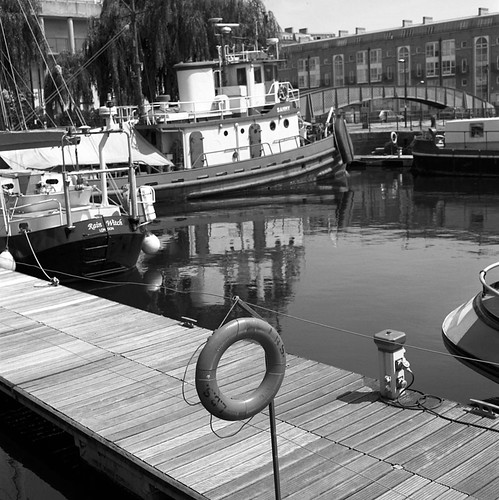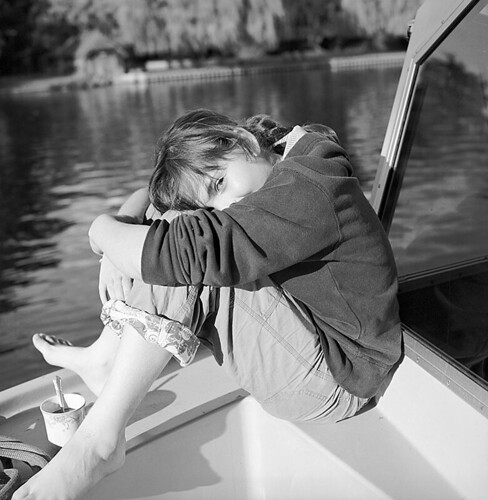cliffpatte
Speed camera anarchist
Cliff would like to know your opinions on b&w films. In particular Kodak TMAX-100 b&w, Fuji Neopan ACROS 100 and Ilford Pan 50. I used to use something called id11, although I never got it to work well with the Ilford 50, too contrasty. It worked well with the Neopan 400 I seem to remember.
Cheers
If you need some more expert advice on B&W films and chemistry then the best bet is to ask one of the guys who do it all the time - eg Mentalp, Sideshowbob or Cesare. I did used to do a lot of developing and printing back in the 80s but only got back into it again this year, so my expertise, such as it is, is limited to Rodinal and XTOL. I don't know ID11 at all.
I have processed Neopan in Rodinal and XTOL and I have processed 400TX (aka Tri-X) in XTOL including push processing. I haven't tried Acros or Pan-F 50 in my own tank, but I have had good results with Acros and Pan-F using Genie to do the processing. Provided you stick to the correct times and temperatures you should be OK with any B&W film in XTOL
From what I understand ID11 is, like XTOL, a powder based chemistry that you have to mix yourself, whereas DD-X and Rodinal come ready mixed. When I got some XTOL I had to find myself an appropriate bottle to store the mixed stuff and a big bucket to mix it in and a funnel. Pre-mix is easier when you don't have a lot of space to work or places to store stuff. I'll post some Acros and Pan-F examples shortly.
cheers
Cliff
PS the combination of Kodak Tri-X and XTOL is pretty much bomb proof, and would be my choice now that Neopan is no more ...
and I find this pretty sad since I have preferred fuji to kodak overall in both colour and b&w stock for over 25 years ...




